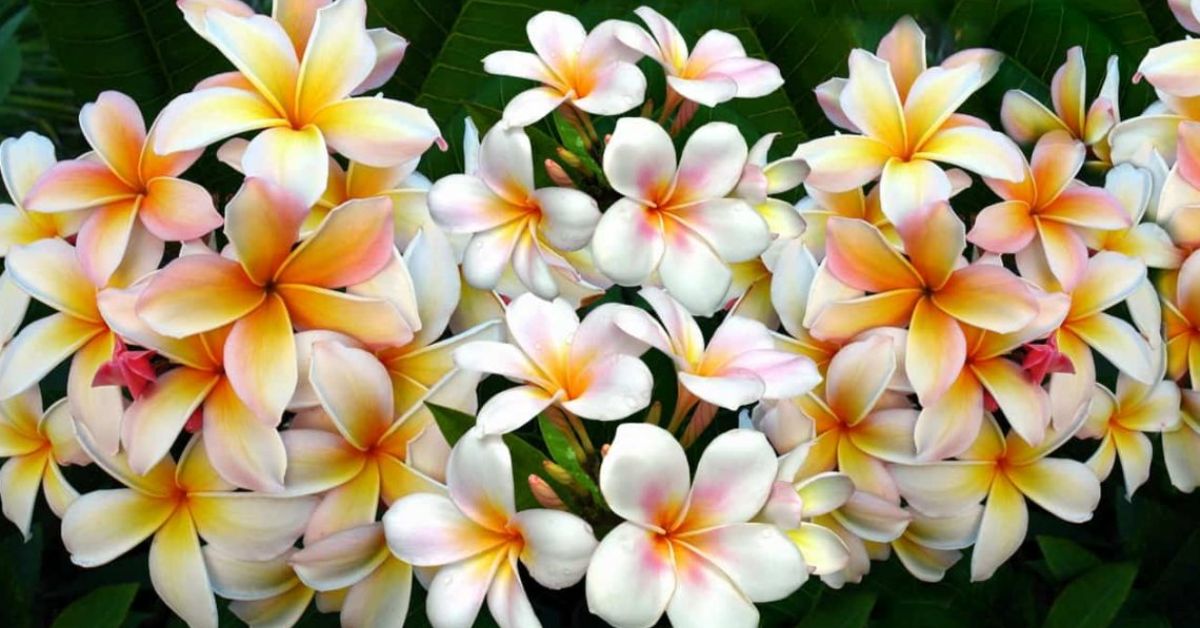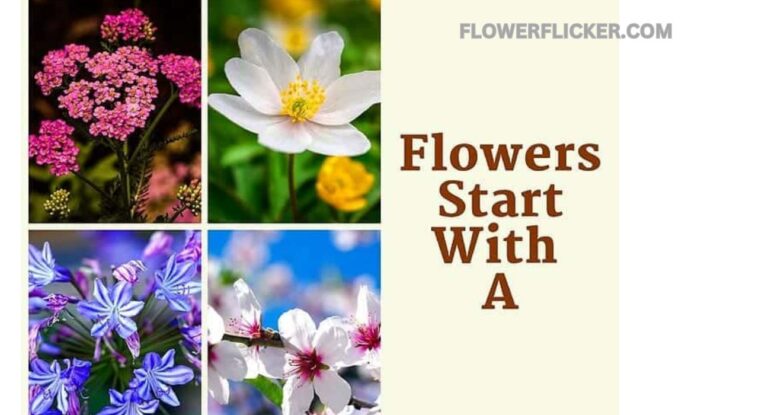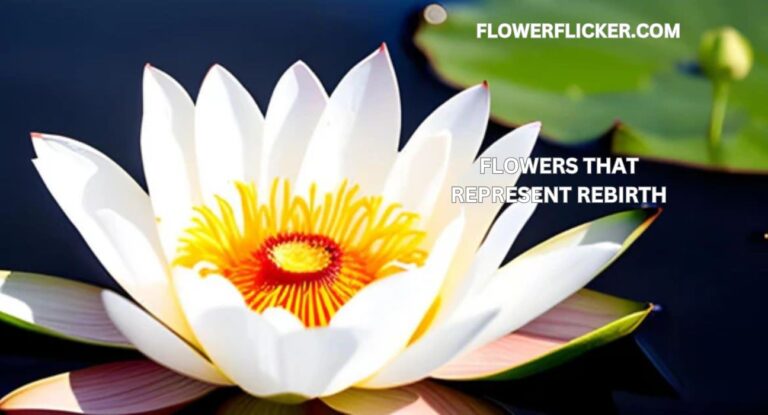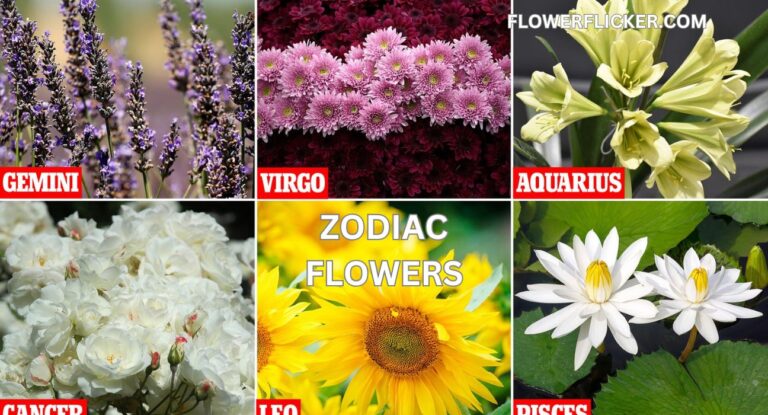20 Incredible Flowers that Mean Sadness
The 20 Incredible Flowers that Mean Sadness from the haunting beauty of black roses to the delicate charm of forget-me-nots, these floral emissaries carry deep meanings rooted in cultural lore and historical significance. The symbolism behind these remarkable flowers, revealing how they’ve captured human emotions across time and space.
Whether used in literature, art, or personal tributes to lost loved ones, each bloom tells a tale of grief or remembrance. These fascinating florae that embody sadness—each one a poignant reminder of life’s fleeting beauty and the bittersweet nature of our experiences.
Flowers that Mean Sadness and Sorrow
Certain flowers carry an emotional depth that transcends their beauty, serving as poignant symbols of sadness and sorrow. Take the commonly underestimated chrysanthemum, for example; in many cultures, particularly in Asia and Europe, it signifies death and is often used in funerals or memorials.
This association arises from the flower’s seasonal nature—blooming profusely in autumn when life begins to wane—and thus embodies the bittersweet transition between life and loss. These 20 Beautiful Blooms Carry Messages of Sadness and Loss.
- Blue Iris
- Black Roses
- Lily
- Chrysanthemum
- Carnation
- Purple Hyacinth
- Orchid
- White Poppy
- Gladiolus
- Hydrangea
- Blue Violets (Viola odorata)
- Bleeding Heart (Lamprocapnos spectabilis)
- Bluebell (Hyacinthoides non-scripta)
- Copihue (Chilean Bellflower)
- Frangipani
- Lily of the Valley (Convallaria majalis)
- Marigold
- Red Spider Lily
- Star of Bethlehem (Ornithogalum umbellatum)
- Wormwood (Artemisia absinthium)
Blue Iris
Blue iris flowers, with their striking azure hue, carry layers of meaning that transcend mere beauty. Traditionally associated with hope and wisdom, these blooms also hold a somber significance, embodying feelings of sadness and sorrow. Their deep color is reminiscent of the melancholic depths of the sky or the ocean on a stormy day, evoking emotions that resonate with loss and longing. In various cultures, blue irises have been used in rituals and offerings to honor those who have passed, serving as a poignant reminder that even in grief there is space for remembrance.

Black Roses
Black roses are often misconceived as merely a symbol of darkness and death; however, they carry a profound narrative tied to sadness and sorrow. When one presents black roses, it conveys an unmistakable message—a recognition of pain or profound loss. This floral choice often surfaces at funerals or memorials, where their deep, velvety appearance encapsulates the grief of those left behind. The striking contrast between black petals and vibrant greenery evokes not only mourning but also an acknowledgment of the beauty that lies in remembering what was.

Lily
Lily flowers are often associated with purity and renewal, yet certain varieties resonate deeply with themes of sadness and sorrow. The poignant sight of a white lily can evoke feelings of loss and remembrance, serving as a powerful symbol at funerals and memorials. This delicate flower speaks to the heart’s ache, embodying the bittersweet nature of grief—a reminder that beauty persists even in moments of deep anguish.

Specific types of lilies carry more profound meanings tied to mourning. For instance, the Madonna Lily is frequently connected to funerary traditions in many cultures; its elegant form stands as a tribute to those who have passed away. When presented alongside other blooms in a floral arrangement, these lilies create a compelling narrative—celebrating life while acknowledging the pain of absence.
Chrysanthemum
Chrysanthemum flowers with sad meanings often associated with joy and celebration in various cultures, take on a somber symbolism in others. In countries like Japan and parts of Europe, these stunning blooms are linked to funerals and mourning. The delicate petals of the chrysanthemum can evoke deep emotions; their vibrant hues serve as poignant reminders of loss and the fleeting nature of life. Their presence at memorials signifies respect for those who have passed, turning an otherwise joyful flower into a vessel for collective grief.

Incorporating chrysanthemum sad flower meanings and sorrow into floral arrangements or rituals can deepen the expression of empathy during times of bereavement. For instance, presenting a bouquet adorned with these blooms resonates profoundly in condolences—it captures both the beauty that was lost and the enduring love held for those departed.
Carnation
Carnation flowers are often celebrated for their vibrant hues and sweet scents, but among the spectrum of meanings they carry, some shades evoke themes of sadness and sorrow. The deep red carnation, in particular, is a powerful symbol of deep love intertwined with loss. This shade is frequently used in memorial arrangements where it serves as a poignant reminder of the joyous moments shared with loved ones who have passed away. Instead of simply embodying grief, these flowers invite reflection—encouraging us to cherish memories even amidst our sorrow.

Purple Hyacinth
Purple hyacinth flowers, with their vibrant yet somber hue, carry a rich symbolism that resonates with themes of sadness and sorrow. Often associated with regrets and heartfelt farewells, these blossoms serve as a poignant reminder of the fleeting nature of life and love. In various cultures, gifting or displaying purple hyacinths can express sentiments of mourning or provide comfort during times of loss, underscoring their role in expressing deep emotional complexities.
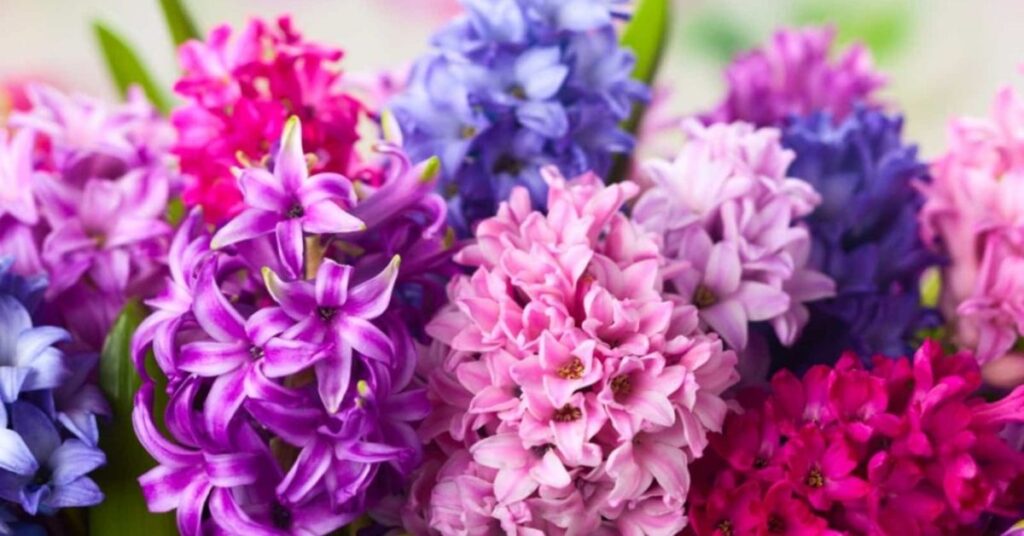
Beyond their symbolization of grief, purple hyacinths prompt reflection on the human experience itself. They remind us that sadness is an integral part of life’s tapestry—one that fosters empathy and connection among individuals. While the sight of these delicate blooms might evoke feelings of melancholy, they also encourage us to embrace vulnerability and transform sorrow into resilience.
Orchid
Orchid flowers, known for their exotic beauty and intricate designs, possess a depth of symbolism that often goes unnoticed. Among the various meanings attributed to orchids, certain species evoke feelings of sadness and sorrow. The black orchid, in particular, is steeped in mystery and is associated with mourning or loss. Its deep colors can invoke a sense of melancholy, making it an appropriate tribute in times of grief or remembrance.

A fascinating aspect lies in the history behind some orchid species; for example, the purple or violet orchids traditionally symbolize mourning due to their somber hue. These colors resonate with the latent emotions tied to farewells and goodbyes. When gifted during difficult times, these orchids transcend mere floral arrangements—they serve as poignant reminders of love lost or cherished memories held close within our hearts.
White Poppy
White poppy flowers, often overlooked in the vibrant tapestry of blooms, carry a poignant symbolism of sadness and sorrow. Unlike their more colorful relatives, these delicate blossoms evoke a sense of quiet mourning and reflection. Traditionally associated with remembrance, particularly in contexts like memorials and funerals, white poppies serve as powerful emblems of loss. Their soft petals capture the fragility of life itself, reminding us that beauty can exist alongside grief.

In literature and art, white poppies have been used to convey themes of longing and reflective melancholy. They can symbolize not only personal loss but also collective sorrow—such as that felt during times of war or societal upheaval. This duality allows them to stand both as an expression of deep emotion while also inviting healing through acceptance and remembrance.
Gladiolus
Gladiolus flowers are often celebrated for their towering beauty and vibrant colors, but they also carry a more somber meaning as symbols of sadness and sorrow. In the language of flowers, the gladiolus eloquently expresses heartfelt emotions during times of grief or loss. Its sharp leaves and elegant bloom remind us that even in moments of pain, nature’s resilience mirrors human strength in facing adversity. This juxtaposition makes the gladiolus not just a flower for joy, but also a poignant emblem during periods of mourning.

Typically given at memorial services or as condolences, these blossoms offer solace to those grappling with heartbreak. The gladiolus’ strong stalk represents integrity and remembrance while its deep hues can evoke profound emotions tied to our memories.
Hydrangea
Hydrangea flowers are often celebrated for their vibrant blooms and lush foliage, but they also carry deeper meanings, particularly flowers that mean sadness and sorrow. In the language of flowers, hydrangeas can symbolize regret and heartfelt emotion, reflecting a nuanced perspective on love lost or the sting of unfulfilled desires. Their delicate petals may evoke feelings of melancholy, making them a poignant choice for somber occasions like memorial services or farewells.

Blue Violets (Viola odorata)
Blue violets (Viola odorata) are not just beautifully fragrant flowers; they carry a poignant significance that resonates deeply in the context of human emotion. Their delicate petals, typically a vivid purple or blue hue, often symbolize sentiments of sadness and sorrow. Historically associated with mourning, these blooms serve as a reminder of the fragility of life and the inherent beauty that can be found amid grief. In literature and folklore, blue violets have frequently been depicted as tokens for lost love or remembrance, capturing those moments when our hearts ache most.

Bleeding Heart (Lamprocapnos spe–ctabilis)
The Bleeding Heart (Lamprocapnos spectabilis) captivates with its unique, heart-shaped blossoms that seem to drip vibrant fuchsia and white hues. While these flowers are undoubtedly beautiful, they carry a weighty symbolism of sadness and sorrow rooted in their very name. The evocative appearance has led many cultures to associate them with heartbreak and loss, embodying the emotional pain of love unrequited or relationships severed. As these delicate blooms nod gently in the breeze, they serve as poignant reminders that beauty can coexist with melancholy, inviting contemplation on the complexities of human emotion.

Bluebell (Hyacinthoides non-scripta)
The Bluebell (Hyacinthoides non-scripta) is a stunning yet poignant flower, often associated with deep emotions such as sadness and sorrow. Native to the woodlands of the UK and parts of Europe, these delicate blooms sway gently in the breeze, creating an ethereal beauty that belies their somber connotations. Traditionally, bluebells have been linked to loss; their striking blue hue reflects a sense of melancholy that resonates during moments of mourning or remembrance. The bell-shaped flowers hang downward delicately, an echo of how people might bow their heads when reflecting on times of grief.
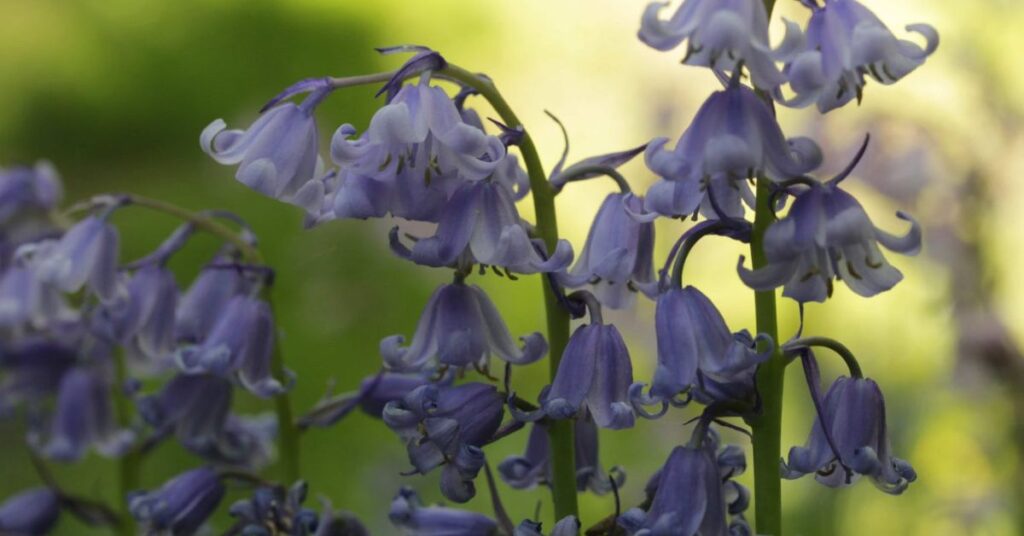
Beyond their visual appeal, bluebells also carry rich folklore that intertwines them with themes of heartache. In Celtic traditions, they were believed to signify a passage between realms — evoking both remembrance for those lost and an acknowledgment of the pain tied to separation.
Copihue (Chilean Bellflower)
The Copihue, or Chilean Bellflower, is not only a symbol of national pride in Chile but also embodies deeper emotional narratives, particularly those associated with sadness and sorrow. In Chilean culture, these delicate flowers are often linked to the poignant memories of love lost or the yearning for days gone by. Their bell-shaped blooms, which cascade gracefully from lush vines, can evoke feelings of melancholy when viewed against the backdrop of life’s fleeting moments. Each petal whispers stories of heartache and remembrance that resonate deeply with anyone who has experienced loss.
In literature and art, the Copihue frequently appears as a metaphor for unrequited love or nostalgia, highlighting its function beyond mere aesthetics. Artists have long employed this flower to encapsulate themes of longing and despair—transforming its beauty into an emblematic expression of human emotion.
Frangipani
Frangipani flowers, renowned for their stunning beauty and intoxicating fragrance, often symbolize love and positivity in various cultures. However, there exists a poignant layer to their meaning—specifically, the darker connotation of sadness and sorrow. In some traditions, particularly within certain Asian communities, frangipani blooms are associated with funerals and mourning. Their ethereal presence is believed to serve as a reminder of the transient nature of life. The flower’s delicate petals fall easily from their branches, mirroring how quickly life can slip away.

Lily of the Valley (Convallaria majalis)
Lily of the Valley (Convallaria majalis) flowers, with their delicate bell-shaped blooms and intoxicating fragrance, often evoke a sense of beauty that belies their deeper associations. While they are frequently celebrated for their purity and sweetness, these flowers are steeped in symbolism that carries the weight of sadness and sorrow. In Victorian floral language, gifting these blossoms would subtly signify a heart burdened with grief or unfaithfulness. This duality invites us to reflect on how nature encapsulates complex emotions within its artistry.

Beyond traditional symbolism, the connection between Lily of the Valley and sorrow resonates on a personal level for many. For those who have experienced loss or heartbreak, observing these fragile blooms can serve as a poignant reminder of bittersweet memories—an emblem of hope intertwined with mourning. Their fleeting bloom period mirrors life’s transience; just as we revel in joyful moments, they remind us to acknowledge our pain gracefully.
Marigold
Marigold flowers, often celebrated for their vibrant hues and uplifting presence, hold a more somber significance in certain cultures. Particularly in regions like India and Mexico, these brilliant blooms are intricately woven into the fabric of mourning rituals. The striking contrast between their sunny petals and themes of sadness can be profoundly moving; they act as reminders that joy and sorrow often coexist. For those grieving a loss, marigolds symbolize respect for departed souls while simultaneously honoring life’s fleeting beauty of new beginnings.

In literature and history, marigolds have been associated with melancholy sentiments as well. Their association with death is not purely negative—rather, it reflects a rich tapestry of emotions tied to remembrance.
Red Spider Lily
The striking Red Spider Lily, with its vivid crimson petals and unique, spindly form, weaves a poignant narrative of loss. In many cultures, particularly in East Asian traditions, this flower is often associated with the cycle of life and death. While its ethereal beauty captivates many admirers, it also serves as a somber reminder of mortality and separation. The blooms tend to emerge in late summer or early autumn, perfectly aligning with harvest seasons when people reflect on both gratitude and grief—a duality that resonates deeply within the human experience.

In Japanese culture, for instance, Red Spider Lilies are known as “Higanbana.” Traditionally planted near graveyards to guide souls back to their resting places after death, these flowers embody sorrow intertwined with respect for those who have passed. This symbolism enriches their allure but also invites contemplation about our own relationships—often underscoring the bittersweet nature of remembrance.
Star of Bethlehem (Ornithogalum umbellatum)
The Star of Bethlehem (Ornithogalum umbellatum) is often celebrated for its delicate white blooms, which evoke a sense of purity and hope. However, beneath this enchanting exterior lies a more somber symbolism associated with these flowers—they carry meanings of sadness and sorrow. Traditionally linked to themes of loss, the Star of Bethlehem may be gifted during times of mourning or remembrance, serving as a poignant reminder of loved ones who have passed on. This duality in interpretation offers a rich tapestry that reflects both beauty and grief.

The flower’s star-like shape has been connected to unfulfilled dreams or cherished memories that linger like shadows in the heart. While they bloom abundantly in springtime, their fleeting presence becomes emblematic of life’s transitory nature—reminding us to appreciate moments even as we must eventually let them go.
Wormwood (Artemisia absinthium)
Wormwood, known scientifically as Artemisia absinthium, is often shrouded in an aura of melancholy and nostalgia. Its delicate flowers, a muted yellow-green hue, have been historically associated with feelings of sadness and sorrow. This association is not merely poetic; wormwood has long symbolized the bittersweet nature of human existence. In ancient cultures, it was used in rituals and remedies to confront emotional pain, reflecting society’s complex relationship with grief.

How to Use Flowers that Mean Sadness?
Flowers that convey sadness can be a poignant way to express deep emotions, commemorate lost loved ones, or convey sympathy. When selecting flowers that symbolize sorrow, consider varieties such as black roses or white lilies. These blooms can be used in arrangements for funerals or memorial services, but they also find their place in intimate settings at home—perhaps on a side table or mantle as a gentle reminder of the bittersweet moments in life.
Using these flowers in personal memorials can offer solace not just to the bereaved but also serve as an invitation for reflection and conversation about grief. In combination with notes or photographs of the deceased, these floral arrangements can create sacred spaces where memories are honored.
Conclusion
The world of flowers is rich with symbolism, and many blooms carry meanings that reflect deep emotions like sadness and loss. From the somber beauty of the black rose to the poignant message of the forget-me-not, these flowers serve as poignant reminders of our experiences with grief and melancholy. Understanding the significance behind these plants can help us navigate our feelings and communicate unspoken sentiments during difficult times.
By selecting flowers that embody these themes, we can create meaningful tributes or express empathy towards those who are mourning. Consider exploring this floral language further to deepen your appreciation for nature’s ability to convey complex emotions.
Summary Of Incredible Flowers that Mean Sadness
| No | Flower Name | Scientific Name |
| 1 | Chrysanthemum | Chrysanthemum spp. |
| 2 | Black Roses | Rosa spp. |
| 3 | Carnation | Dianthus caryophyllus |
| 4 | Lily | Lilium spp. |
| 5 | Purple Hyacinth | Hyacinthus orientalis |
| 6 | Orchid | Orchidaceae |
| 7 | White Poppy | Papaver somniferum var. album |
| 8 | Gladiolus | Gladiolus spp. |
| 9 | Hydrangea | Hydrangea spp. |
| 10 | Blue Violets | Viola sororia; Viola odorata |
| 11 | Bleeding Heart | Lamprocapnos spectabilis |
| 12 | Bluebell | Hyacinthoides non-scripta |
| 13 | Copihue (Chilean Bellflower) | Lapageria rosea |
| 14 | Frangipani | Plumeria spp. |
| 15 | Lily of the Valley | Convallaria majalis |
| 16 | Marigold | Tagetes spp. |
| 17 | Red Spider Lily | Lycoris radiata |
| 18 | Star of Bethlehem | Ornithogalum umbellatum |
| 19 | Wormwood | Artemisia absinthium |
| 20 | Blue iris | Iris germanica |
FAQs
Flowers That Represent Sadness?
Flowers have long been used to convey a range of emotions, including sadness. One of the most notable flowers that represent sorrow is the lily, particularly the white lily. These flowers symbolize purity and transience, often associated with funerals and memorials, making them a poignant choice for expressing grief or lo
Which Flower Represents Loneliness?
Flowers have long been used to convey a range of emotions, including sadness. One of the most notable flowers that represent sorrow is the lily, particularly the white lily. These flowers symbolize purity and transience, often associated with funerals and memorials, making them a poignant choice for expressing grief or loss. Their delicate petals and gentle fragrance evoke a sense of mourning while also celebrating the beauty of life.
What Flower Means Cry?
The flower commonly associated with the meaning of cry is the Lily. In various cultures and traditions, lilies symbolize a range of emotions, including sorrow and mourning. The white lily, in particular, is often linked to funerals and represents purity and the transitory nature of life, which can evoke feelings of loss and longing.

